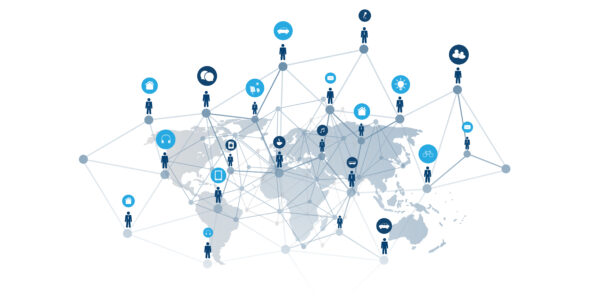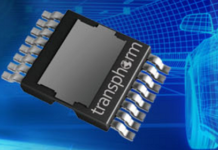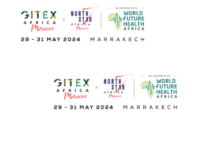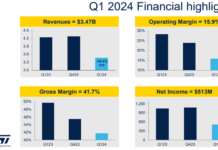
The network access control market size was valued at USD 2.9 Billion in 2023 and is expected to have a market size of USD 14.5 Billion by 2032 with a CAGR of 19.5%.
Network Access Control security technology enables organizations to regulate and monitor the access of devices to a network. It ensures that only authorized and compliant devices can connect to the network, thus reducing the risk of data breach. The rising incidence of cybercrimes across the globe is leading to rising demand for network access control solutions across various verticals. To safeguard national security and reduce financial losses, governments and financial institutions are among the early adopters of NAC solutions.
The network access control market experienced growth in the recent past fueled by the rising network infrastructure security concerns. Enterprises are increasingly embracing the consumerization of IT strategy, aiming to minimize capital expenditure by permitting employees to utilize their personal computers or laptops to access corporate networks and data. While this approach enhances overall productivity, it also brings forth significant apprehensions regarding network access and security, particularly concerning verifying user authenticity within enterprises.
According to Verizon’s 2023 DBIR, approximately 19% of data breaches stem from internal actors, including full-time employees, independent contractors, interns, and other personnel. Moreover, such breaches result in financial losses and data compromise for companies. IBM’s Data Breach Report for 2023 reveals that the average global cost of a data breach amounts to approximately USD 4.5 million.
Network access control offers dynamic endpoint intelligence, empowering IT teams to make informed decisions, adjust policies, and take action through a centralized console. Its policies can be applied to verify the authorization of users/devices attempting to access or currently accessing the network. Consequently, the network access control market is poised for significant growth in the forthcoming years.
Segmentation Overview:
The global network access control market has been segmented into product, deployment, enterprise size, end-user, and region.
Software accounted for a remarkable growth in 2023
Based on product, the network access control market segmentation comprises hardware, software, and services. The software segment held the major market share in 2023, which can be attributed to the growing adoption of cloud-based solutions.
The BFSI sector dominates the end-use category
The network access control market is categorized by end-user into BFSI, healthcare, retail and e-commerce, manufacturing, government, IT & telecom, and others. The BFSI segment held the largest market share in 2023 owing to the growing need for advanced security in banking transactions.
North America is the leading region
North America’s Network Access Control market share was significantly high in 2023 due to major NAC providers in this region. Furthermore, the rise in malware attacks and data security threats has compelled market vendors to invest in NAC solutions to ensure authorized access to data.
Network Access Control Market Report Highlights:
- The global network access control market growth is anticipated at a CAGR of 19.5% by 2032.
- The increasing adoption of heterogeneous network infrastructure also contributes to the demand for network access control. Enterprises engage vendors for wired and wireless networks, leading to heterogeneity of network infrastructure.
- Factors such as deployment and interoperability issues and high implementation costs are expected to hinder market growth.
- Some prominent players in the network access control market report include Hewlett Packard Enterprise, Auconet Inc., Cisco Systems, Inc., Juniper Networks, Inc., Extreme Networks, Fortinet, Inc., IBM Corporation, Broadcom, Macmon Secure GmbH, Microsoft Corporation, VMware, Inc., and Huawei Technologies Co., Ltd.


















